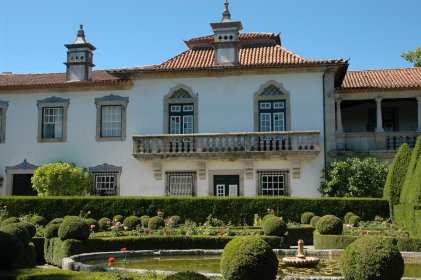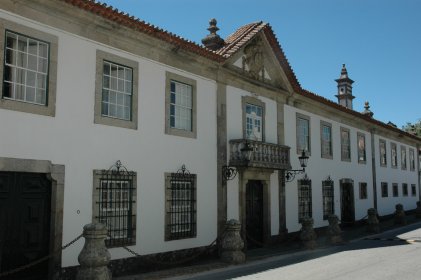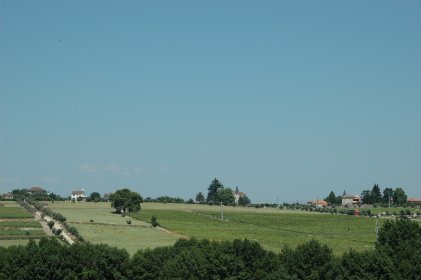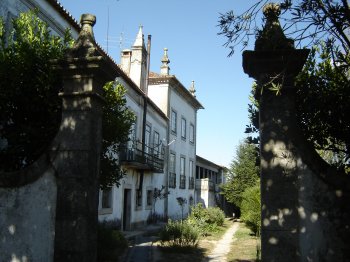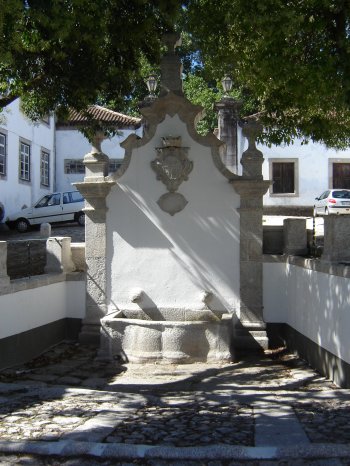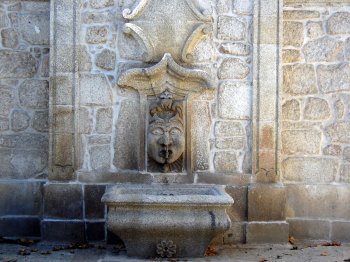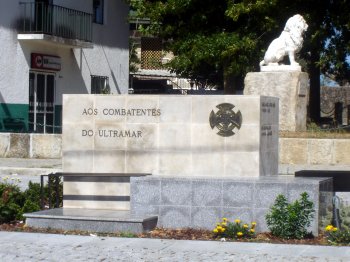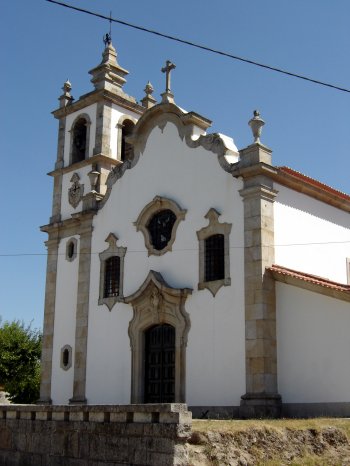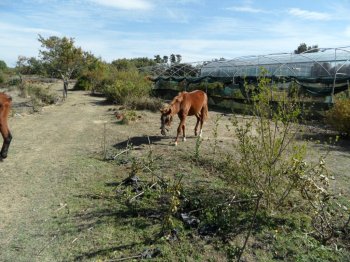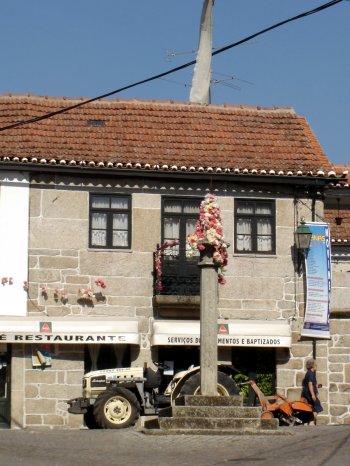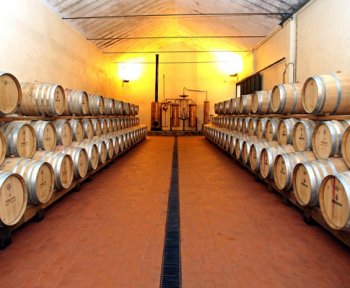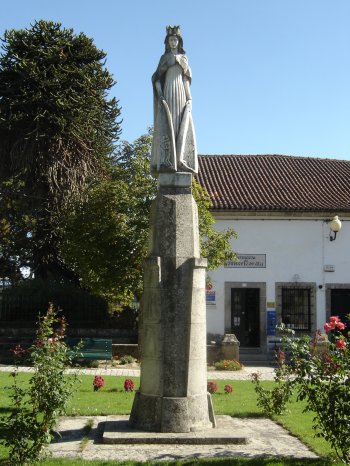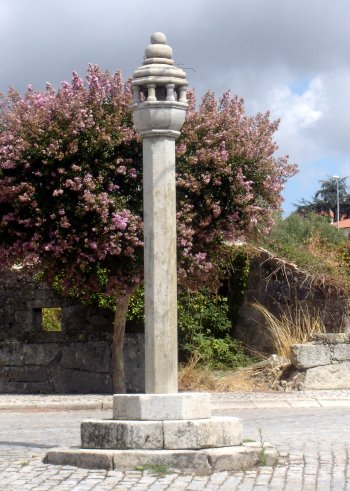Casa de Santar
It was known as Quinta do Casal Bom, a residence that Dom Sancho II elevated to a manor and estate, gifted to one of his men who distinguished themselves in war. Today, it is known as Casa de Santar, a property that has been in use for 13 generations. Adorned with beautiful gardens, it sits on a series of boxwoods that culminate in an 18th-century pond. In front of the house, the "Chafariz da Carranca" stands as the House's coat of arms. Visiting this house is like traveling back in time, through the gardens and all the unique features of the structure.
Contacts
Rua de Miragaia
3520-125,Santar
- tel:232960140232960140
- email: [email protected]
- website: https://www.casadesantar.pt/
- Difficult external parking
- Typical houses & Relevant buildings
- Visitable (no guide)
- True
Characteristics
- monday: 10:00-12:30, 14:00-18:00
- tuesday: 10:00-12:30, 14:00-18:00
- wednesday: 10:00-12:30, 14:00-18:00
- thursday: 10:00-12:30, 14:00-18:00
- friday: 10:00-12:30, 14:00-18:00
- saturday: 10:00-12:30, 14:00-18:00
opening hours
Monuments near Casa de Santar
Casa das Fidalgas
This former manor house overlooking the Serra da Estrela has been restored and is in good condition. It features a garden with boxwood hedges that follow the c…
Casa do Soito e Paço dos Cunhas
Only a few small parts remain of the 17th-century Paço dos Cunhas. This pioneering construction had a decisive influence on 18th-century Portuguese Baroque man…
Fonte da Casa das Fidalgas
Source in an excellent state of conservation, without running water. The monument displays a coat of arms in the upper central part of the source, as well as s…
Fonte de Santar
Granite fountain in an excellent state of conservation and drinking water supply. The spout is surrounded by representation of a man of overloaded features. To…
Igreja da Misericórdia de Santar
This 17th-century church features a façade with a door flanked by windows surmounted by niches topped by pediments interrupted by bonfires. Above the door, top…
Monumento aos Combatentes do Ultramar
This monument in granite and marble has an inscription with the names of soldiers born in Santar and deceased overseas.
